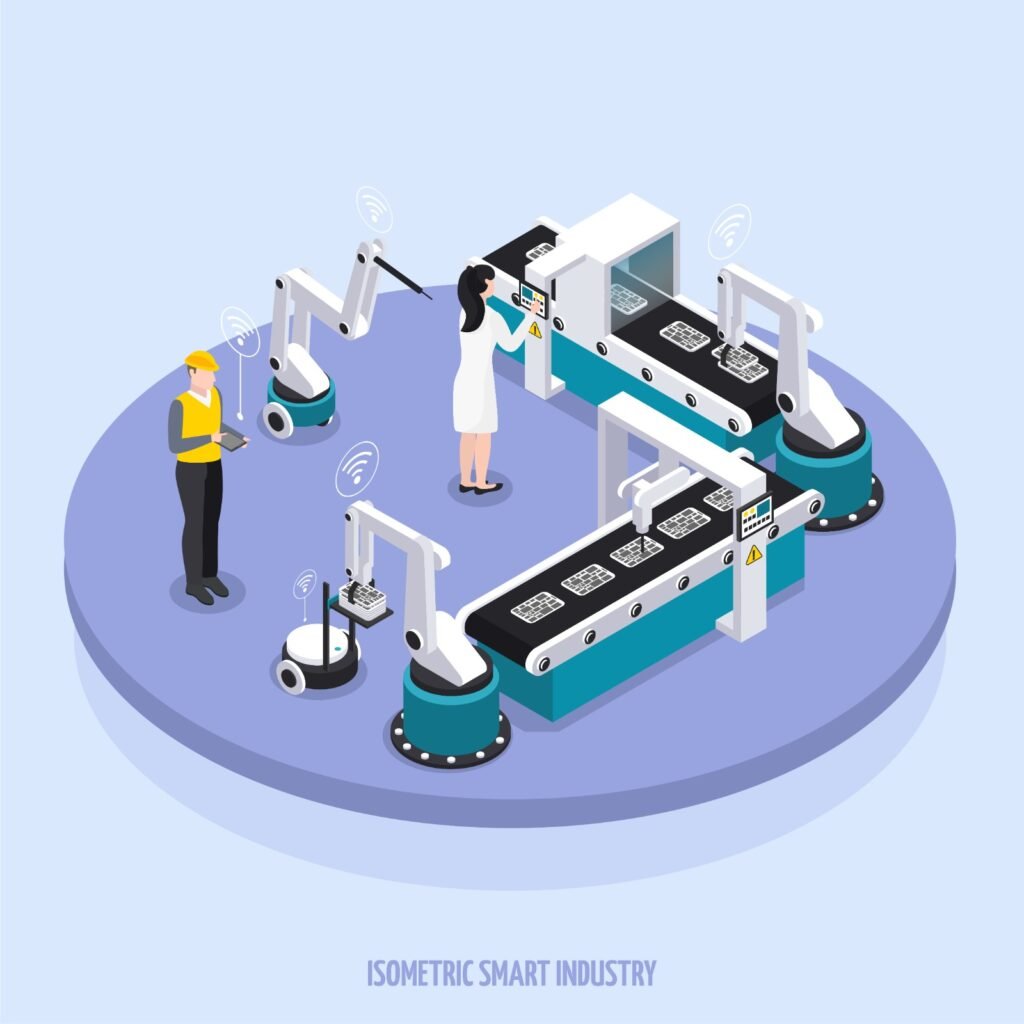
There was a time when India imported almost all its electronic components, from tiny capacitors to entire circuit boards. Fast forward to today, and the country has made impressive strides in electronics manufacturing. Mobile phone exports alone have touched ₹1 lakh crore, and total electronics exports are nearing ₹2 lakh crore. But the government isn’t stopping here.
In a recent Union Cabinet meeting led by Prime Minister Narendra Modi, several key decisions were made to accelerate this progress. Union Minister Ashwini Vaishnaw shared insights on these developments, showing a clear path toward making India a global electronics hub.
The Government’s Master Plan for Electronics Manufacturing
The core focus of these new policies is to ensure that India doesn’t just assemble electronic products but also manufactures the essential components like Printed Circuit Boards (PCBs), capacitors, and other small parts. This approach, known as Backward Integration, will reduce dependency on imports, especially from China.
To make this happen, the government has introduced incentives to encourage investments in this sector. An investment of ₹600 crore has been planned to set up and expand production units. This move also means more job opportunities for thousands of Indians.
PLI Scheme: Boosting Jobs and Business Growth
One of the most significant steps taken by the government is expanding the Production-Linked Incentive (PLI) Scheme. Unlike traditional subsidies, this scheme directly links incentives to production and employment growth. Here’s how it works:
Employment-Linked Incentives: Companies receive benefits based on the number of jobs they create. The more jobs, the bigger the incentive.
Capital Support: Manufacturing units that require heavy investments, like PCB production, get financial assistance to ease their setup costs.
Turnover-Based Rewards: Companies are also rewarded based on the revenue they generate. More production means more incentives.
The government estimates that this initiative will generate 9,916 direct jobs, with a budget allocation of ₹22,919 crore. For Indian entrepreneurs looking to enter the electronics sector, this is a golden opportunity.
How India is Reducing Imports and Becoming an Export Leader
A major challenge India has faced over the years is its reliance on imports for electronic components. However, with these policies in place, India is shifting from importing finished products to manufacturing them domestically. This not only strengthens the economy but also makes India a stronger player in the global market.
The impact of the PLI scheme is already visible. Across 14 sectors, it has contributed to a massive ₹14 lakh crore increase in sales. Companies are growing, jobs are being created, and India is moving closer to self-sufficiency.
The Road Ahead: Export-Led Growth
Minister Ashwini Vaishnaw emphasized that while reducing imports is important, India must now focus on becoming an export-driven economy. The vision is clear: manufacture in India, not just for Indians but for the entire world.
This shift will help in multiple ways:
Strengthening India’s global trade presence
Encouraging innovation and investment in high-tech sectors
Boosting tax revenues and national growth
India’s push towards electronics manufacturing is more than just an economic policy, it is a transformation. With ₹600 crore investments, PLI incentives, and nearly 10,000 new jobs, the country is positioning itself as a global manufacturing hub. Entrepreneurs, business owners, and workers alike stand to gain from this revolution. The future looks bright for Made in India electronics!
